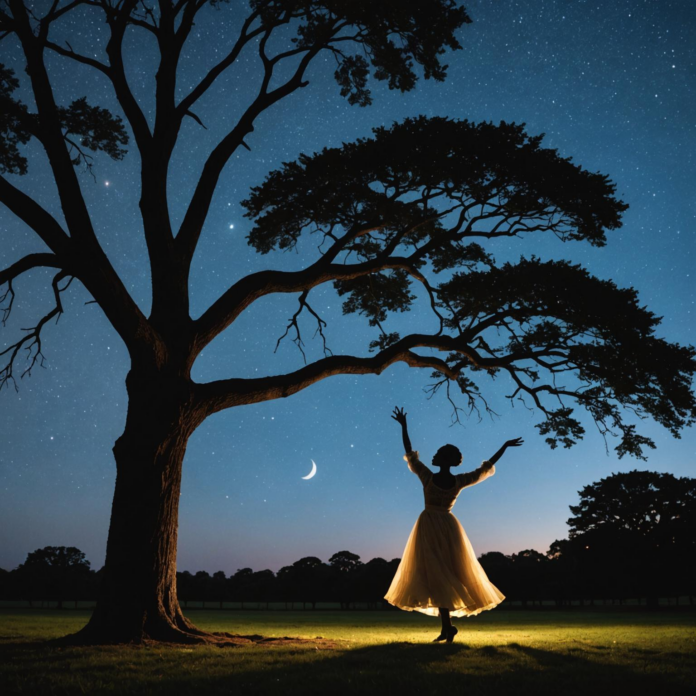Langston Hughes’ poem, Dream Variations, paints a picture of his yearning for a world where everyone is treated equally and can live freely.
In this article, I’ll explore how Hughes uses vibrant imagery and symbols to express his dream of racial harmony and personal liberation.
Main Ideas
- Hughes imagines a future filled with peace and equality.
- He contrasts the harshness of racism with the tranquility of freedom using day and night imagery.
- Nighttime offers a sanctuary from prejudice, providing comfort and rest.
- Dancing symbolizes joy and the freedom to be oneself.
- The poem reflects the hopes of African Americans during the Harlem Renaissance.
Summary and Insights
In Dream Variations, Hughes envisions a serene future where day and night imagery highlights the themes of hope and equality.
The night represents a refuge from racial injustice, offering African Americans a glimpse of peace and relief.
Hughes’ imagery captures a desire for a world free from the chains of racism, emphasizing a yearning for equality and peace.
Check out this insightful analysis here: [YouTube link]
Exploring Themes
In Hughes’ Dream Variations, the desire for freedom and equality shines through the contrast between day and night.
The poem’s longing for joy and self-expression highlights a deep yearning for cultural pride amidst racial challenges.
Symbols Unpacked
- Dancing: Represents joy and the freedom to express oneself.
- Tall tree: A symbol of safety and belonging, offering shelter.
- Evening and night: Signify hope and connection to the Black community.
- Dreams: Highlight the desire to break free from racial oppression.
These symbols offer a rich tapestry of the speaker’s hopes and dreams, creating a powerful message.
Poetic Techniques
Hughes uses techniques like repetition, metaphor, and vivid imagery to bring the poem’s themes to life.
Repetition enhances the dreamer’s desire for freedom, while metaphors turn everyday things into symbols of liberation.
The poem’s rhythmic flow and pauses invite readers to ponder the themes of equality and self-expression.
Structure and Form
- Rhyme scheme: Creates a rhythm that mirrors the speaker’s emotions.
- Tone shifts: From hopeful to vulnerable, highlighting the gap between dreams and reality.
- Anaphora: Repeated lines emphasize the quest for freedom.
- Metaphors: Illustrate racial identity and struggle.
These elements together convey Hughes’ enduring hope amidst life’s challenges.
Historical Context
During the Harlem Renaissance, Dream Variations captured the spirit of a movement redefining African American identity.
Hughes’ poem speaks to the dreams of freedom and equality, reflecting the collective aspirations of the African American community.
This work continues to inspire and resonate with readers worldwide, serving as a beacon of hope and liberation.
Dreamers like me find solace in Hughes’ words, echoing a universal quest for belonging.
Conclusion
In my exploration of Dream Variations, I’ve discovered layers of meaning that reveal Hughes’ longing for freedom and equality.
The poem’s themes of racial identity and liberation are woven through its vivid imagery and symbolism.
Hughes’ use of poetic devices and structure enhances the emotional impact of his work.
Understanding its context enriches our appreciation of this powerful piece.
Ultimately, Dream Variations calls for a world where dreams of equality can come true.
